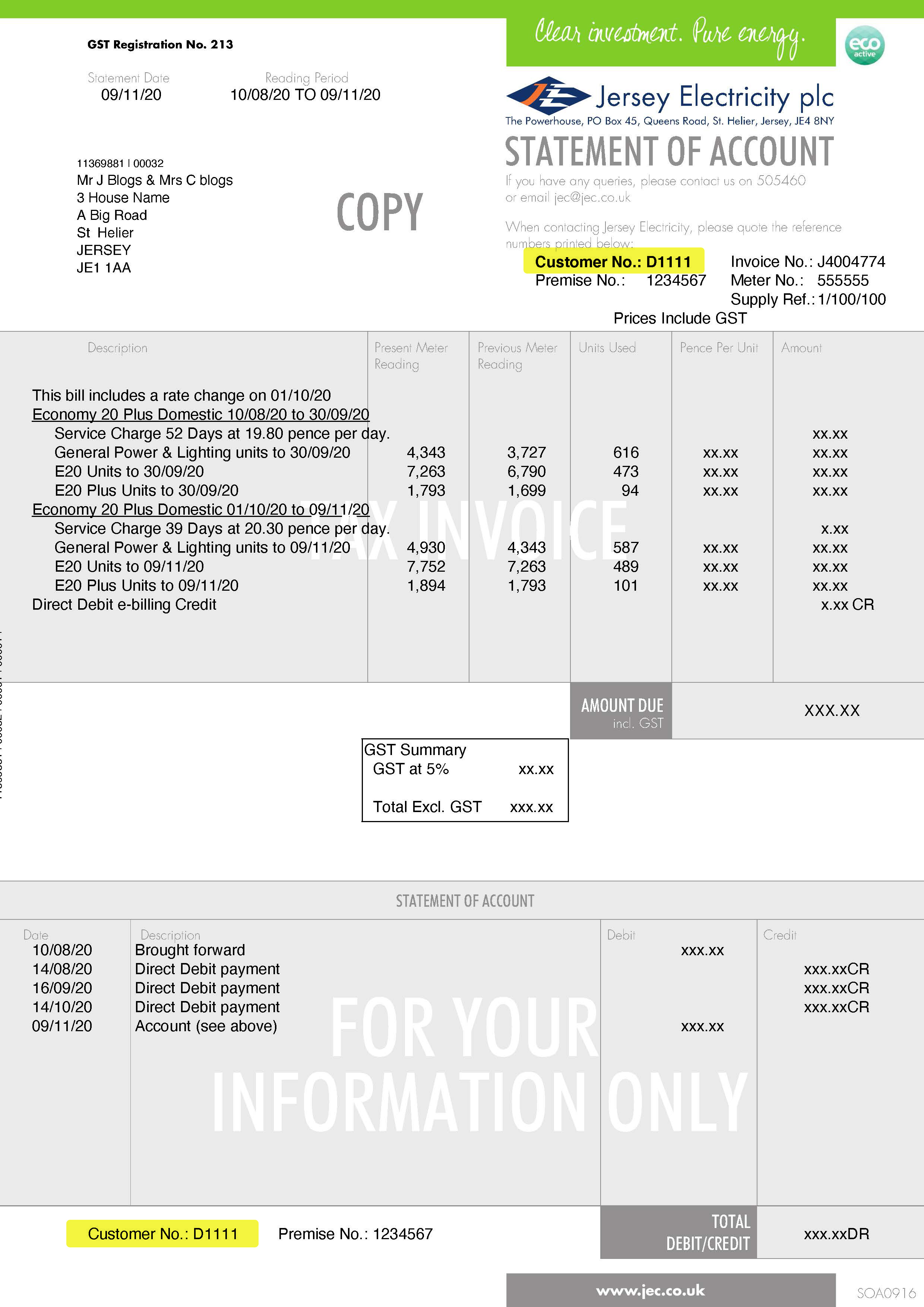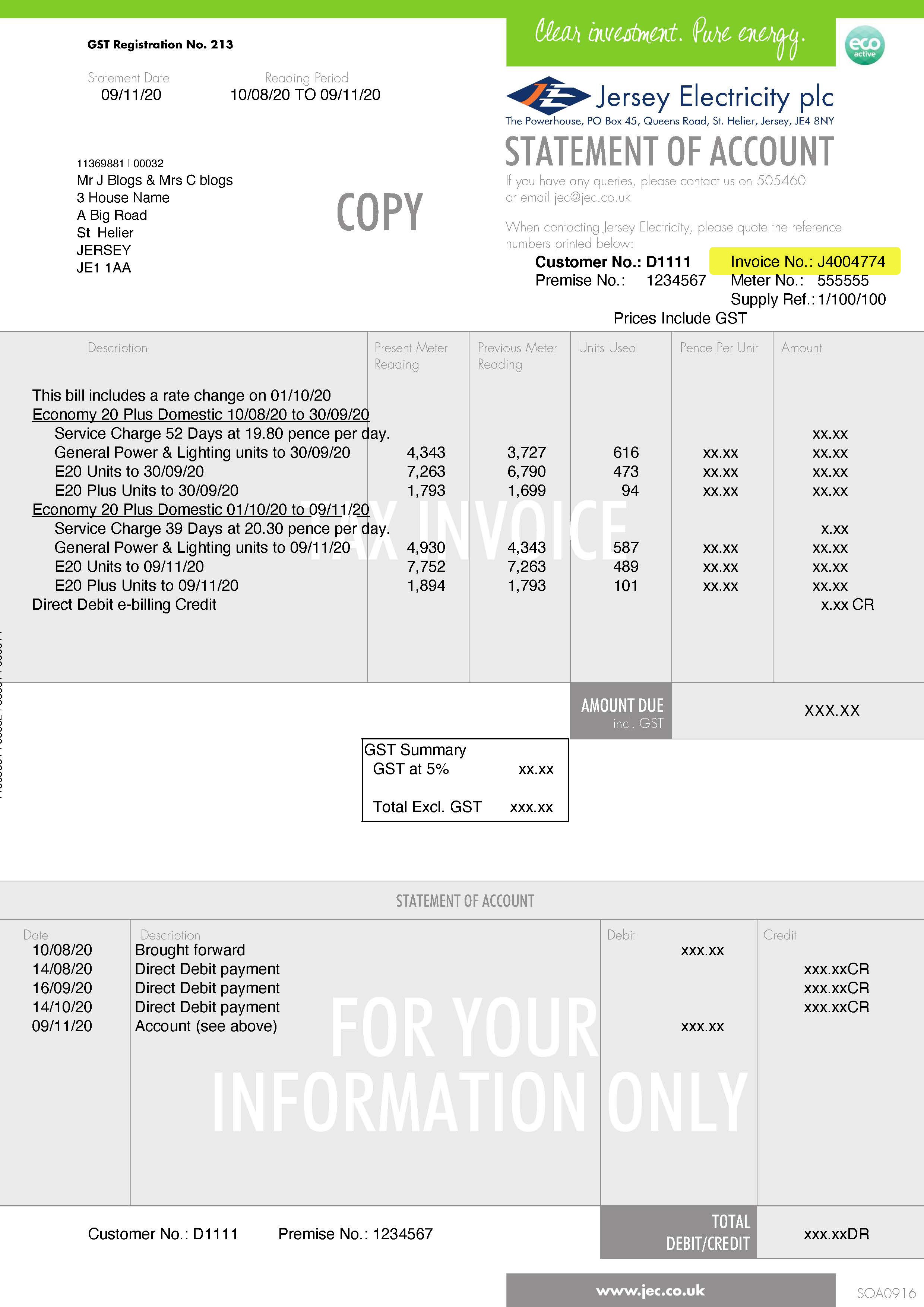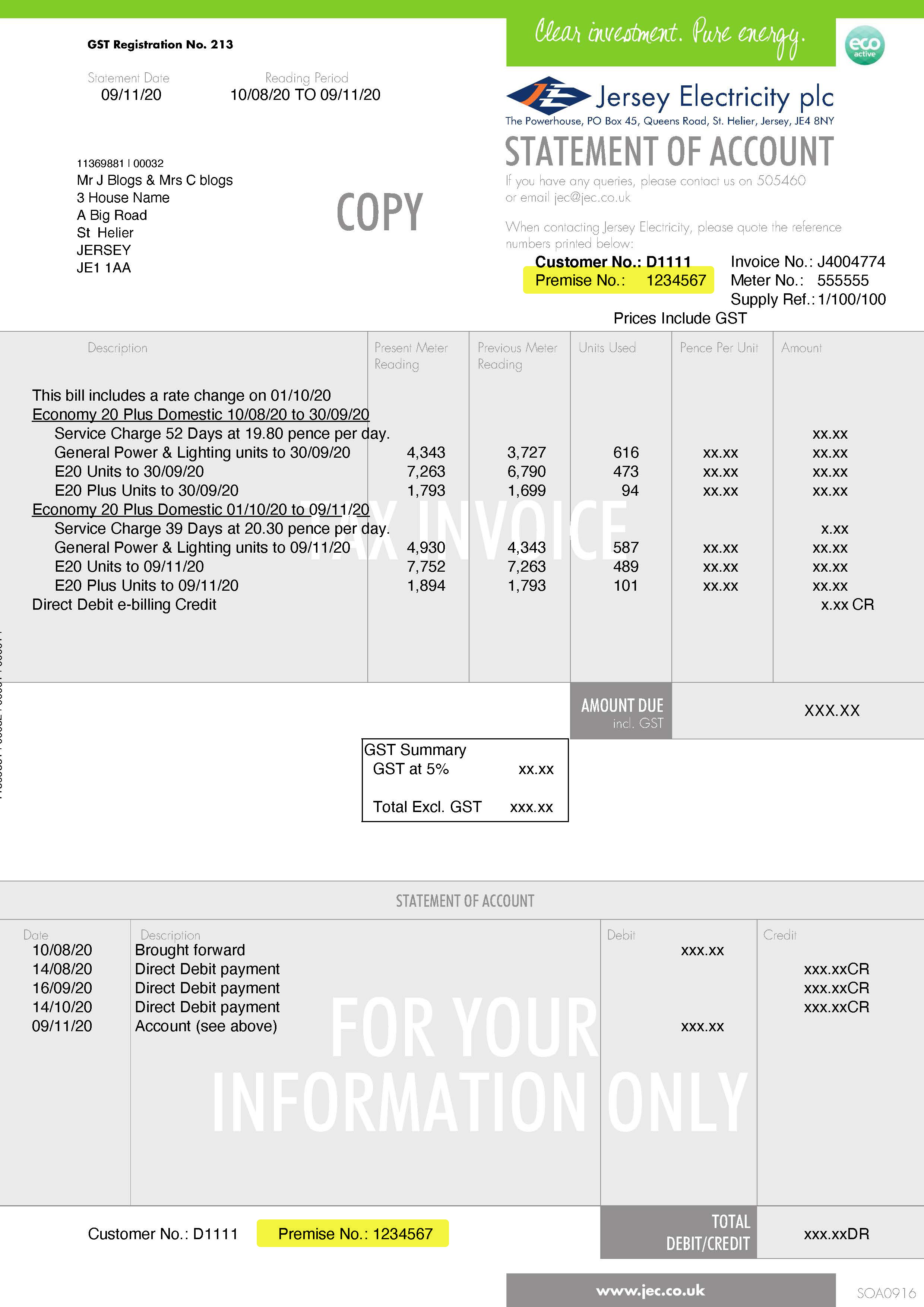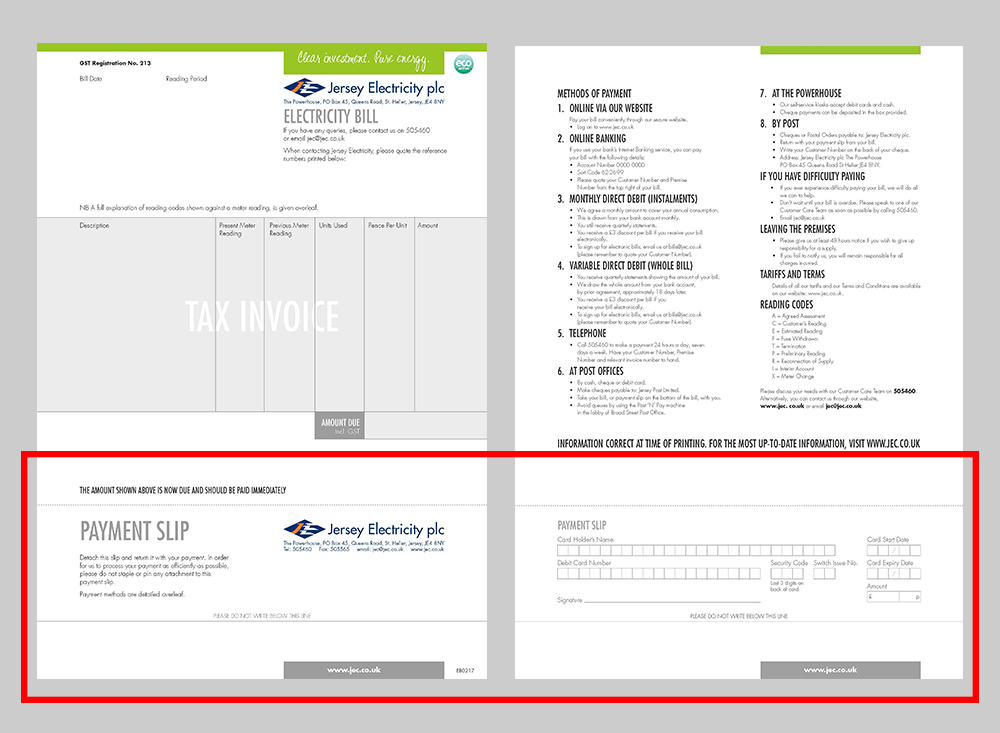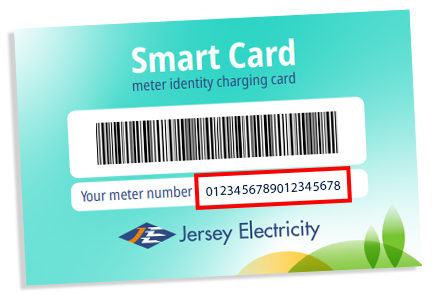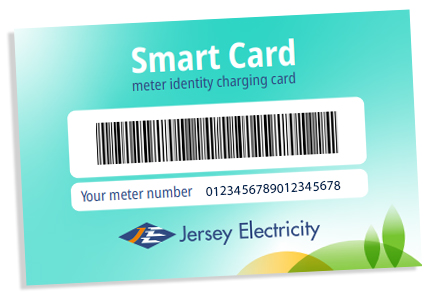50 years of service
La Collette Power Station has been providing an important service to electricity customers in Jersey since 1966 when the first 30MW turbine set was commissioned. But since 2000, when Jersey Electricity installed a second undersea supply cable to France, known as Normandie 2, an increasing amount of the electricity used in Jersey has been imported from Electricité de France (EDF) in France via the two 90,000-Volt undersea cables.

strategic security of supply
The Power Station today also plays an important role in support of the neighbouring Energy from Waste Plant (EfW) since it opened in March 2011 by sharing its infrastructure with the States-owned facility. This includes two flues in the power station’s chimney, sea water cooling, gas oil supply and storage facilities and, very importantly, water from a reverse osmosis plant that produces the ultra-clean water necessary for use in the boilers to produce steam.
By 2011 Jersey was importing over 95% of its electricity and the main role of La Collette Power Station today is as the controlling hub of the Channel Islands Electricity Grid (CIEG). Its role as a generator of electricity is very much a strategic standby one.
On-Island generation remains in place at La Collette primarily to ensure strategic security of supply. It is therefore still important to the Island as an emergency stand-by generation facility in the event of supply interruptions or prolonged loss of power from the European network, from which our wholesale power provider EDF supplies Jersey Electricity.

Diesel Generators
From June 2012 when our first interconnector, EDF1, failed and was taken out of service, La Collette was re-mobilised to full generating capacity to supplement the limited imports for two and a half years while we were reliant on just one interconnector.
But by September 2014 we had installed our third supply cable to France, Normandie 3, restoring us to full import capacity and La Collette was once again stood down to standby mode. Though we have scaled back some of our less cost effective steam generation capacity, in 2016 we decided to install a 5.5MW ‘black start’ Sulzer Diesel generator, designed to start using compressed air. The unit is an eight-cylinder version of our four existing 11MW V16 Sulzers and will enable us to restore full supplies to the Power Station and all its ancillary controls in an emergency and it provides some additional insurance in the unlikely event of major interruptions to imported supplies.
Up to 8MW of electricity produced by the EfW plant is provided to Jersey Electricity and provides further diversification of our generation sources which strengthens the security of supply in today’s volatile energy markets.
That security is very much enhanced by having La Collette Power Station on standby. In the unlikely event of loss off supply from EDF or when demand exceeds our supply contract, La Collette can start generating electricity within 20 minutes with our three Rolls Royce gas turbines which can produce a total of 76 Megawatts (MW). One of these is at the Power Station and two are located at the Powerhouse on Queen’s Road, the site of the original Power Station before La Collette was opened in the mid Sixties.
As European supplies come from two different areas of the French transmission network in the highly unlikely event of prolonged loss of power from the European grid, generation would switch from the fast-start gas turbines to our four 11.5MW diesel generators and 45MW steam turbine.
In 2013 we also installed a Heat Recovery Boiler that utilises the heat from the exhaust gases of the four diesel generators to produce auxiliary steam for use within the Power Station. This produces an in-house energy saving against electrically powered auxiliary boilers.

THEN AND NOW
This site for the Power Station was chosen because of its close proximity to St Helier Harbour, both for deliveries of fuel and a constant supply of sea water for cooling equipment.
The first phase of the station was completed in November 1966 and produced electricity from two 15MW steam boilers and one 30MW steam turbine. At that time there was only a beach to the west of the station and Jersey did not even have one yacht marina. You can see the old sea wall from the Control Room.
Over the years the generating plant was expanded until at its peak La Collette could produce 224MW of power. Today, land to the west and south has been reclaimed by landfill and comprises a busy industrial site with offices, car parks, flats and a hotel as well as the marinas.














